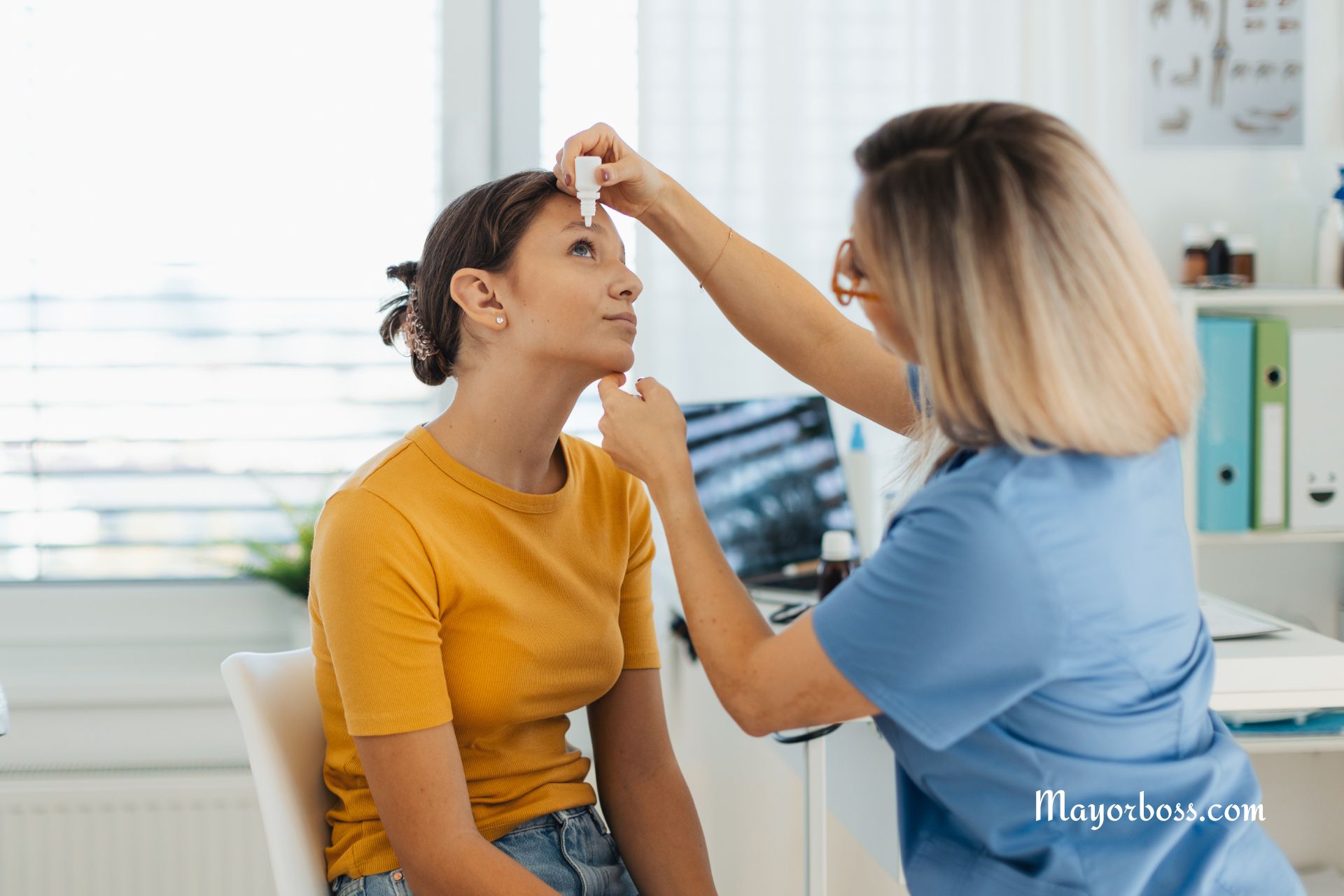10 Ways to Ease Your Sciatica Pain
Sciatica can be a real pain—literally. If you’ve ever felt that sharp, shooting sensation starting in your lower back and running down your leg, you know how frustrating it can be. Whether it’s affecting your workout routine, making it tough to focus on work, or just generally getting in the way of living your life, sciatica is nerve pain you don’t want. The good news? There are plenty of ways to tackle it and get back to feeling like yourself. Here are ten things you can do right now to ease that pain.

1. Regular Stretching Helps Take the Pressure Off Your Sciatic Nerve
First things first: stretching is your friend when it comes to sciatica. By making stretching a daily habit, you can ease the pressure on your sciatic nerve, which usually means less pain. Focus on stretches that target your lower back, hips, and hamstrings—those are the areas that tend to tighten up and cause issues. The seated hamstring stretch or the pigeon pose are great places to start. Set aside just 10 minutes a day for stretching, and you’ll probably start feeling a difference before you know it.
2. Heat and Ice Packs Can Offer Fast Relief
When sciatica flares up, reaching for a heat or ice pack is a quick way to calm things down. Ice packs help with inflammation and can numb the pain, while heat packs improve blood flow and relax your muscles. The best approach? Alternate between the two—15-20 minutes of ice followed by 15-20 minutes of heat. Just make sure to use a cloth between the pack and your skin to avoid burns or frostbite.
3. Over-the-Counter Meds Can Help You Get Through the Day
Sometimes, you need a little extra help to get through a bad day. Over-the-counter pain relievers like ibuprofen or naproxen can help reduce inflammation and make the pain more manageable. They’re not a long-term fix, but they can definitely help when you need some quick relief. Just be sure to follow the dosage instructions and check in with your doctor if the pain sticks around.
4. Gentle Exercise Strengthens Your Core and Supports Your Back
It might seem weird to think about exercising when you’re in pain, but gentle exercise can actually help. Strengthening your core muscles gives better support to your lower back, which can reduce strain on your spine. Activities like walking, swimming, or low-impact aerobics are perfect for this. But avoid anything that involves heavy lifting or twisting—that can make things worse. Start slow and build up as you feel better.
5. Good Posture Prevents Your Sciatic Nerve from Getting Worse
Posture is a big deal when you’re dealing with sciatica. Sitting for long periods or slouching can put extra pressure on your sciatic nerve, which just makes things worse. Pay attention to how you’re sitting, standing, and even lying down. When sitting, pick a chair that supports your lower back and keep your feet flat on the floor. If you’re standing for a while, try to shift your weight from one foot to the other to avoid straining one side of your body too much.
6. Massage Therapy Can Loosen Up Tight Muscles and Reduce Pain
If you’re a fan of massages, here’s some good news: they can help with sciatica, too. A good massage therapist can focus on the muscles that are contributing to your pain, helping to relax them and improve blood flow. Regular massages can also help you unwind and reduce stress, which is a nice bonus when you’re dealing with chronic pain. While massages won’t cure your sciatica, they can definitely make you feel a lot better.
7. Finding the Right Sleeping Position Can Help Ease Your Sciatica
Believe it or not, how you sleep can have a big impact on your sciatica pain. Sleeping on your stomach isn’t a great idea because it can put more pressure on your lower back. Instead, try sleeping on your side with a pillow between your knees to keep your spine in a neutral position. If you prefer sleeping on your back, a pillow under your knees can also help. Play around with different sleeping positions to see what works best for you.
8. Acupuncture Might Be Worth Trying for Alternative Pain Relief
Acupuncture might sound a little out there, but it’s helped some people with sciatica pain. This traditional Chinese medicine practice involves practitioners inserting thin needles into strategic points on your body to relieve pain. The results can vary from person to person, but if you’re open to trying something different, acupuncture might be worth a shot. Just be sure to find a licensed and experienced practitioner to get the best results.
9. Physical Therapy Can Provide Customized Exercises for Your Needs
If your sciatica pain isn’t improving, it might be time to see a physical therapist. They can create a custom exercise plan designed to strengthen the muscles supporting your spine, improve your posture, and increase your flexibility. A lot of people find that physical therapy helpful and can even help them avoid more invasive treatments like surgery.
10. Don’t Hesitate to See a Doctor If Your Pain Won’t Go Away
If you’ve tried everything and the pain isn’t getting better—or if it’s getting worse—it’s time to see a doctor. Persistent or severe pain, especially if it’s paired with weakness, numbness, or bladder control issues, needs professional attention. A doctor can assess your situation and suggest more advanced treatments, like prescription meds, steroid injections, or even surgery if nothing else is helping.






